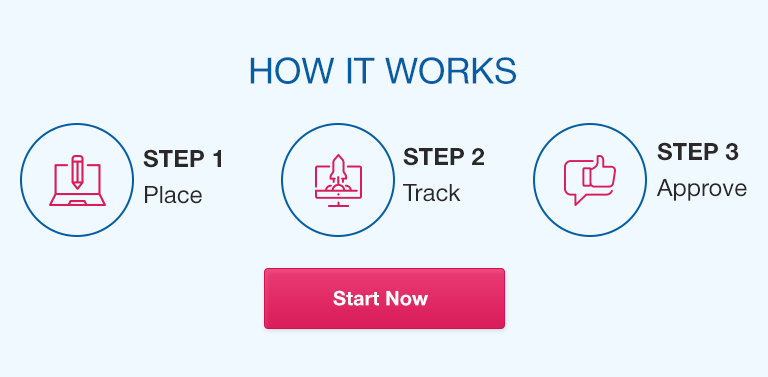ANATOMY AND PHYSIOLOGY CASE STUDIES (CO 3, MO 5.4, 5.8)
Skeletal System – Case Study #1
Read the Patient’s Clinical Presentation and answer the questions below. You will be graded on the accuracy and thoroughness of the information that you provide, the quality of the sources that you use, and your attention to details and instructions.
This Case Study is due on June 13th.
2 pages max include references.
Sources: Include links to any documents or sites that you use to help you assess the clinical presentations in your case studies. Do not use blogs, encyclopedias or non-credible sites. Write the questions and answers. Point deduction for not following direction applies.
Patient’s Clinical Presentation
Chief Complaint: 14-year-old girl admitted with a broken left leg.
History: Nicole Michaelson, a 14-year-old girl, was skiing when she fell and broke her left leg. As she fell, her left leg got caught under the body of another skier who ran into her. An X-ray revealed that the fracture was a compound, tibial-fibular fracture just below the knee. The X-ray also revealed a torn meniscal cartilage in the knee above the fracture. The girl remained in the hospital for 14 days because of an infection of the leg in the area of skin breakage. Her immobilized leg was casted after the infection subsided. She remained in a full leg-length cast for 3 months, after which the upper portion of the cast was removed and she was allowed to start bearing weight on the leg. The bones ultimately healed, but the girl continued to have left knee swelling (“water on the knee”) and pain made worse by walking. Arthroscopic examination of the knee revealed a meniscus that was still torn 6 months after her injury.
Top of Form
Questions:
1. What does the term “tibial-fibular fracture” mean?
2. What is a compound fracture?
3. Why was her injury more likely to become infected than a routine fracture of the leg?
4. Describe the microscopic features of osseous tissue that help long bones withstand lateral stress without breaking.
5. Describe the microscopic features of the osseous tissue that help long bones withstand compressive forces without breaking.
6. What features of the knee joint structure help minimize friction between the thigh bone and the leg bone?
7. Describe the changes a broken bone undergoes as it is healing.
8. How does weight-bearing influence the bone repair process you described above? (i.e. what effect does weight-bearing have on the orientation of the Haversian systems?)
9. Why did Nicole’s bones heal much more quickly than her cartilage?


